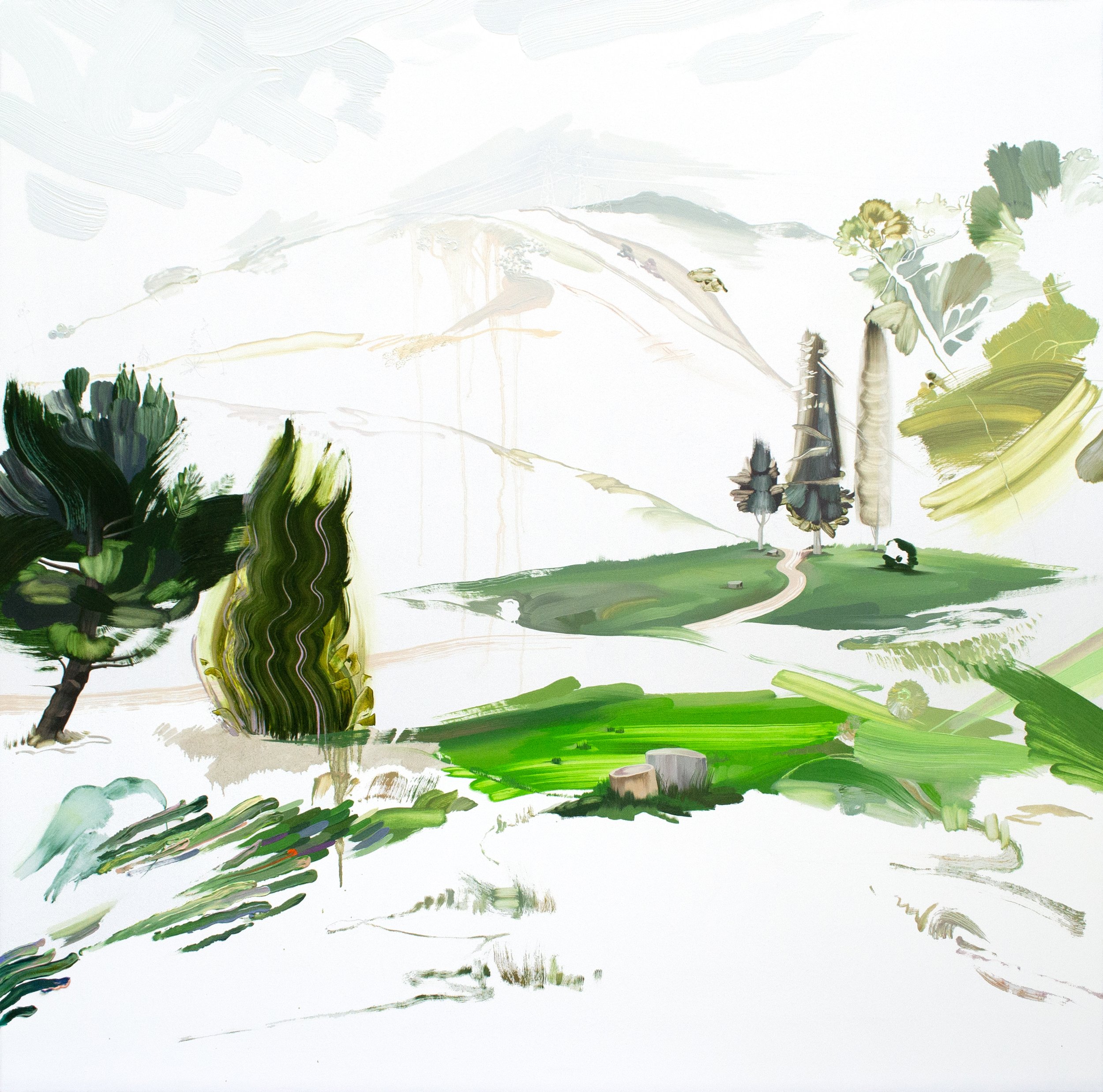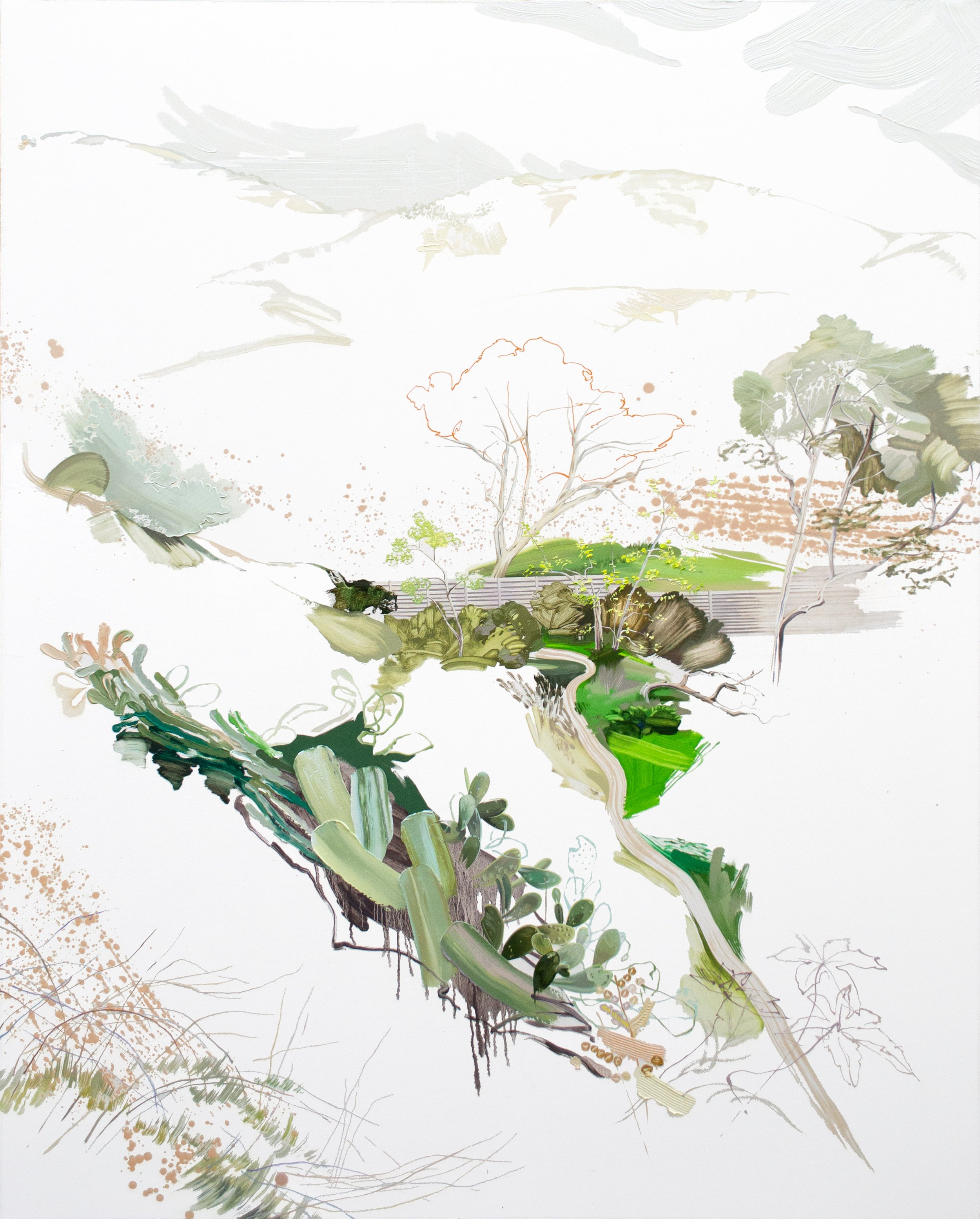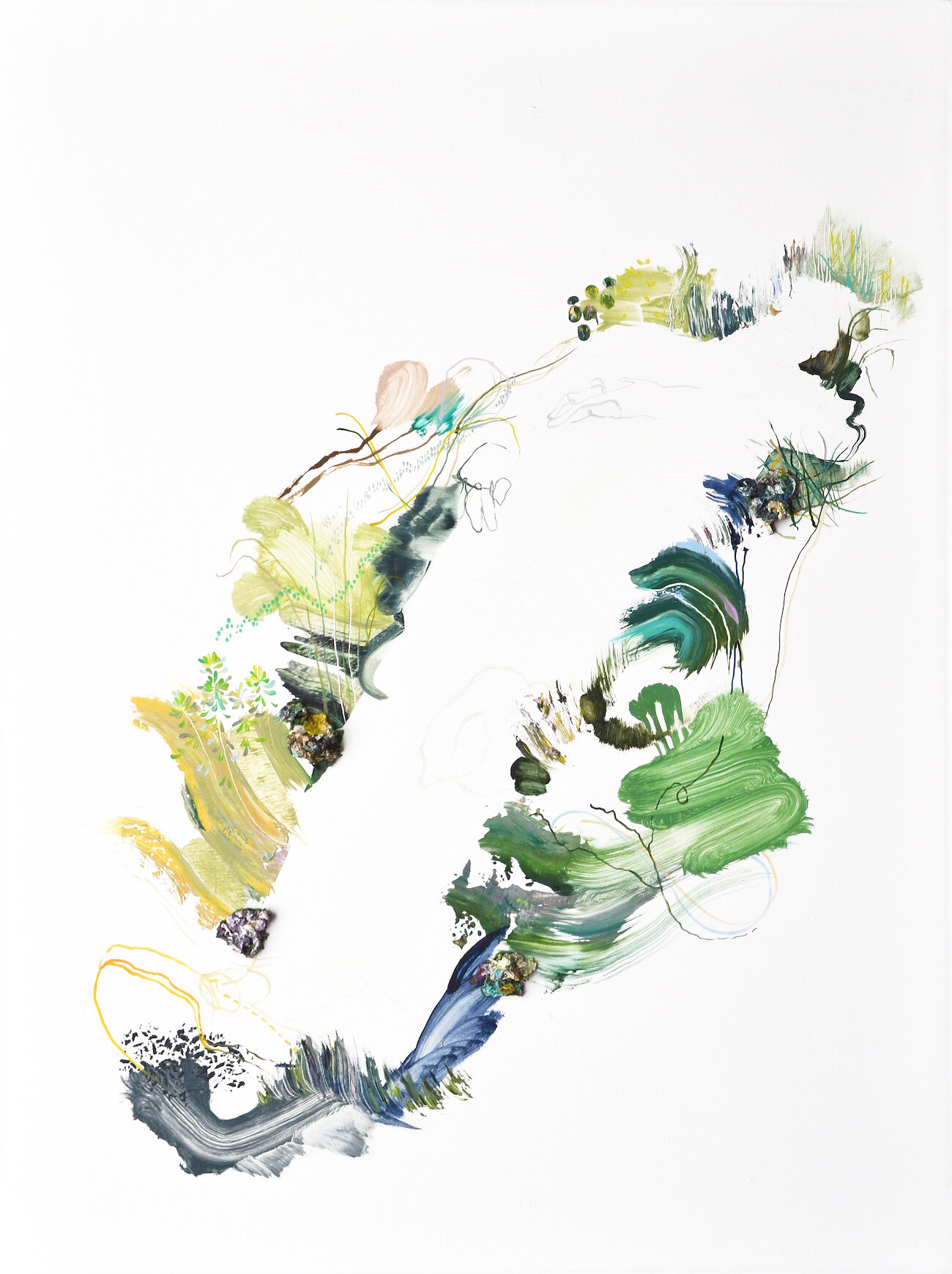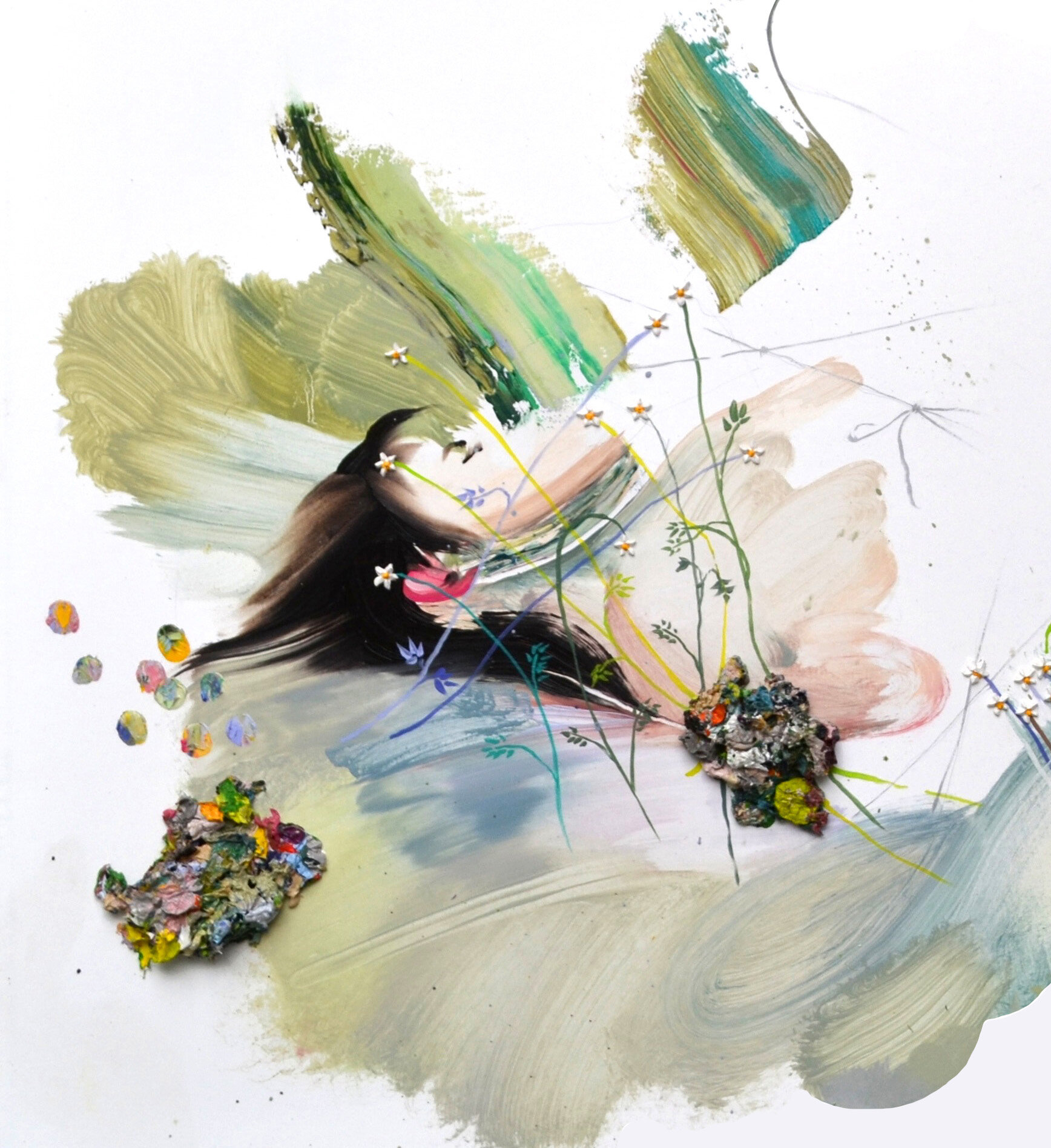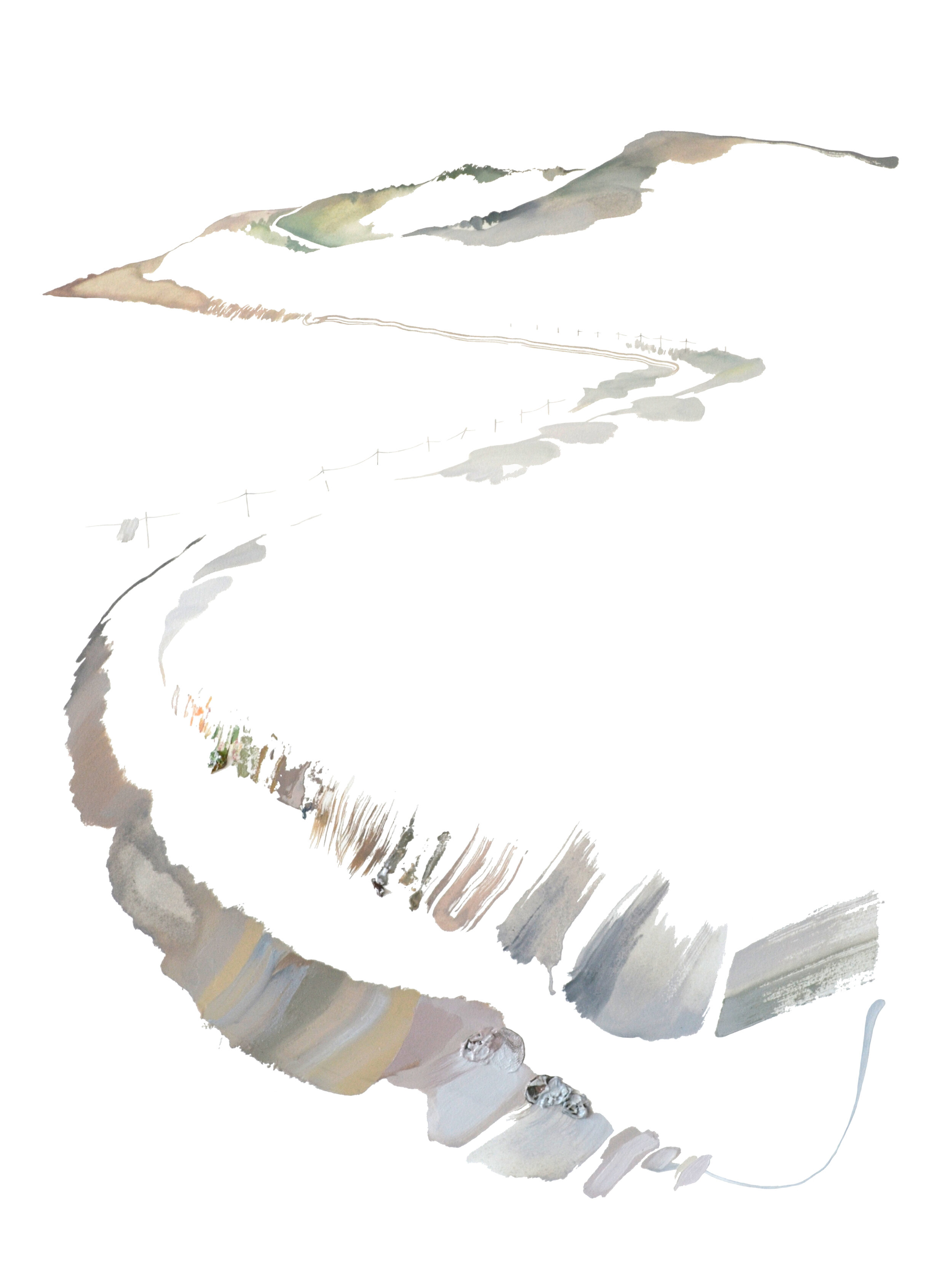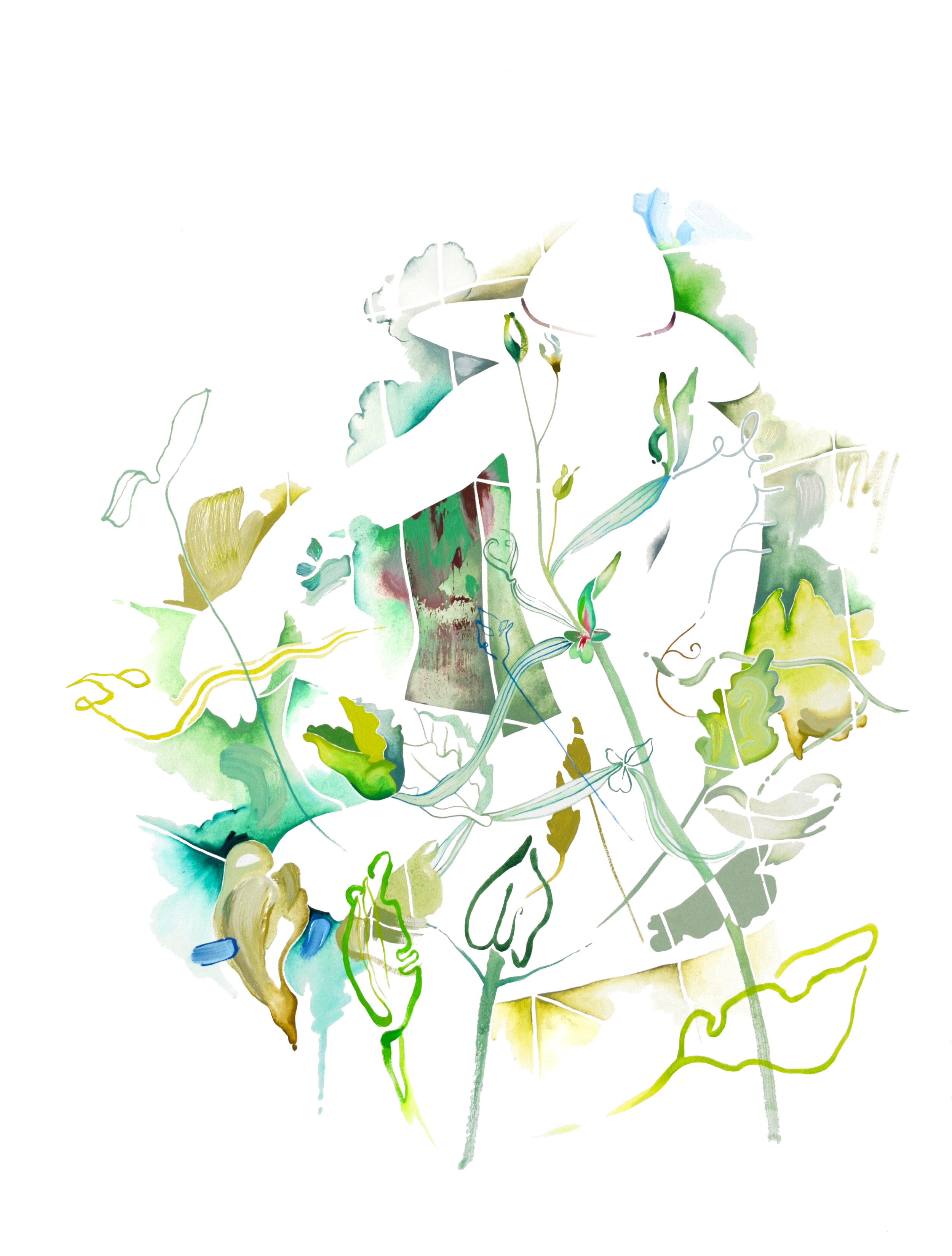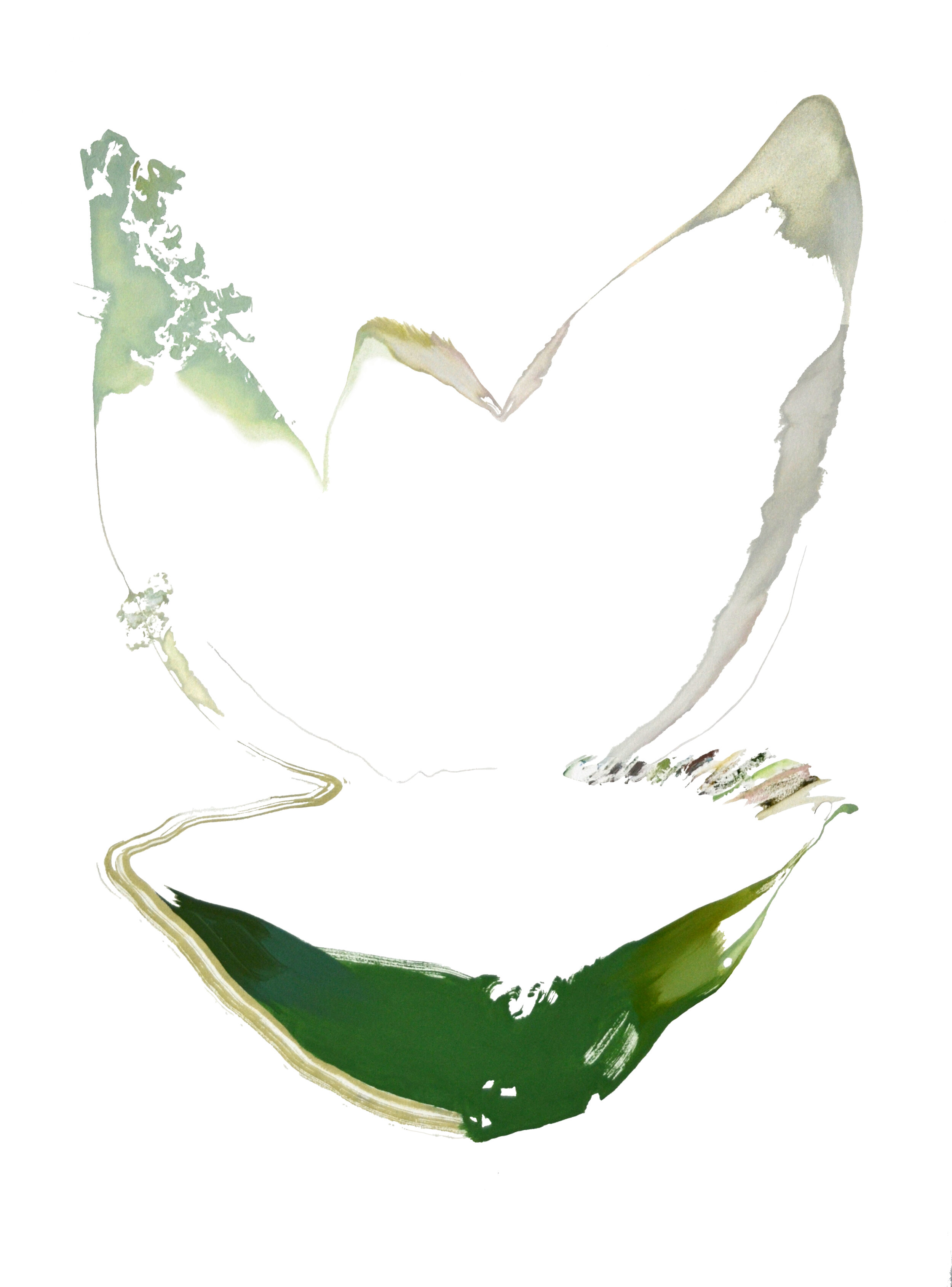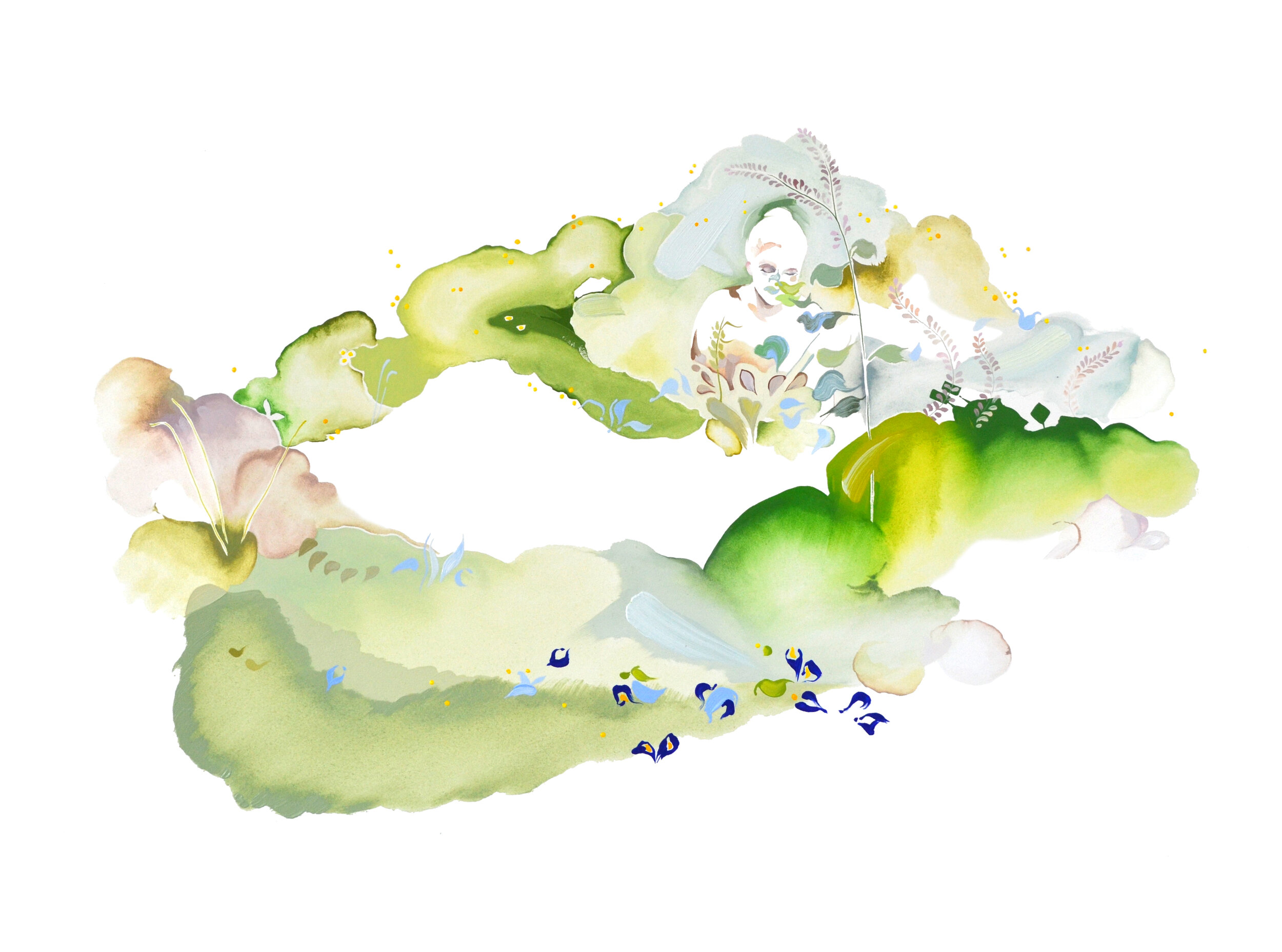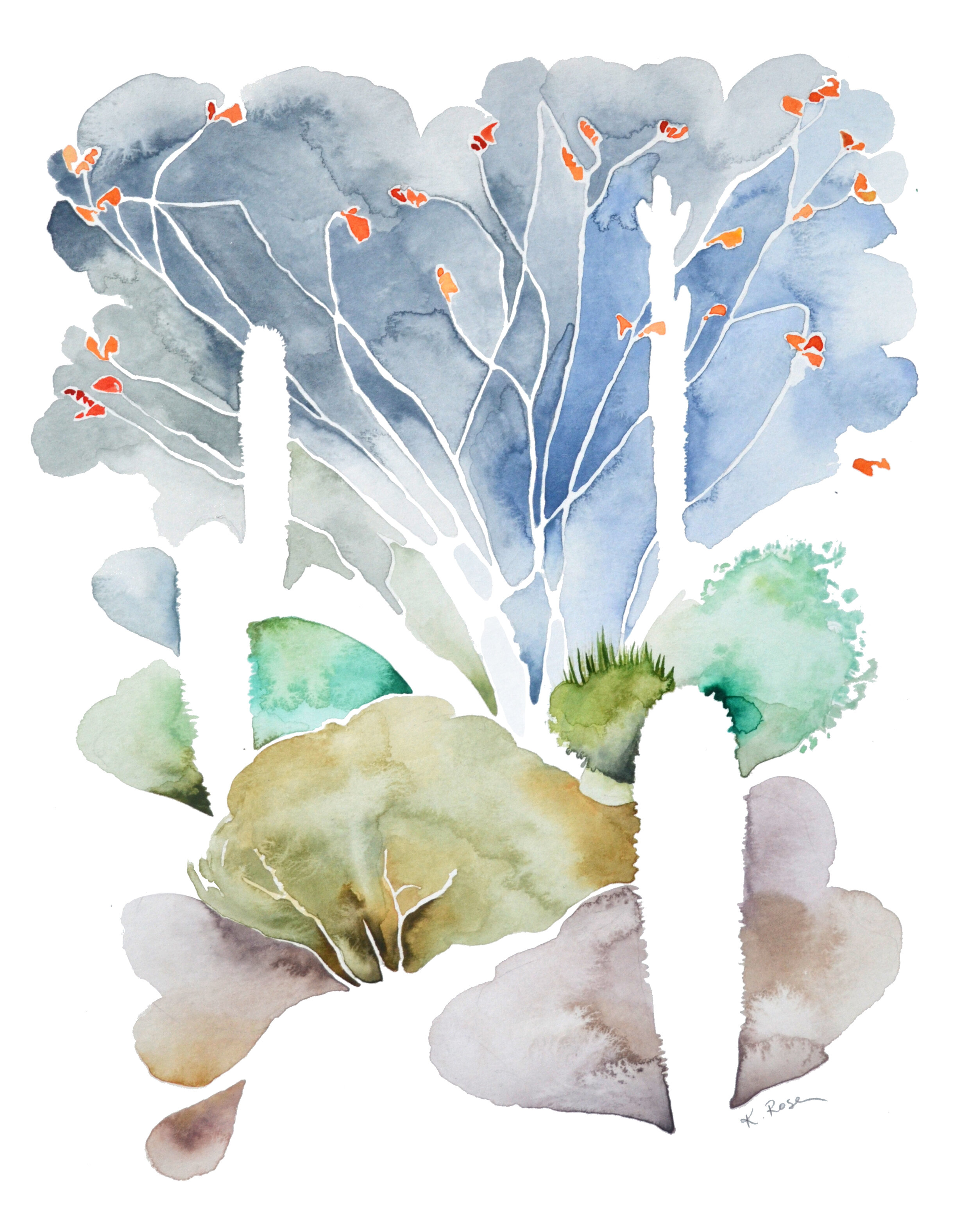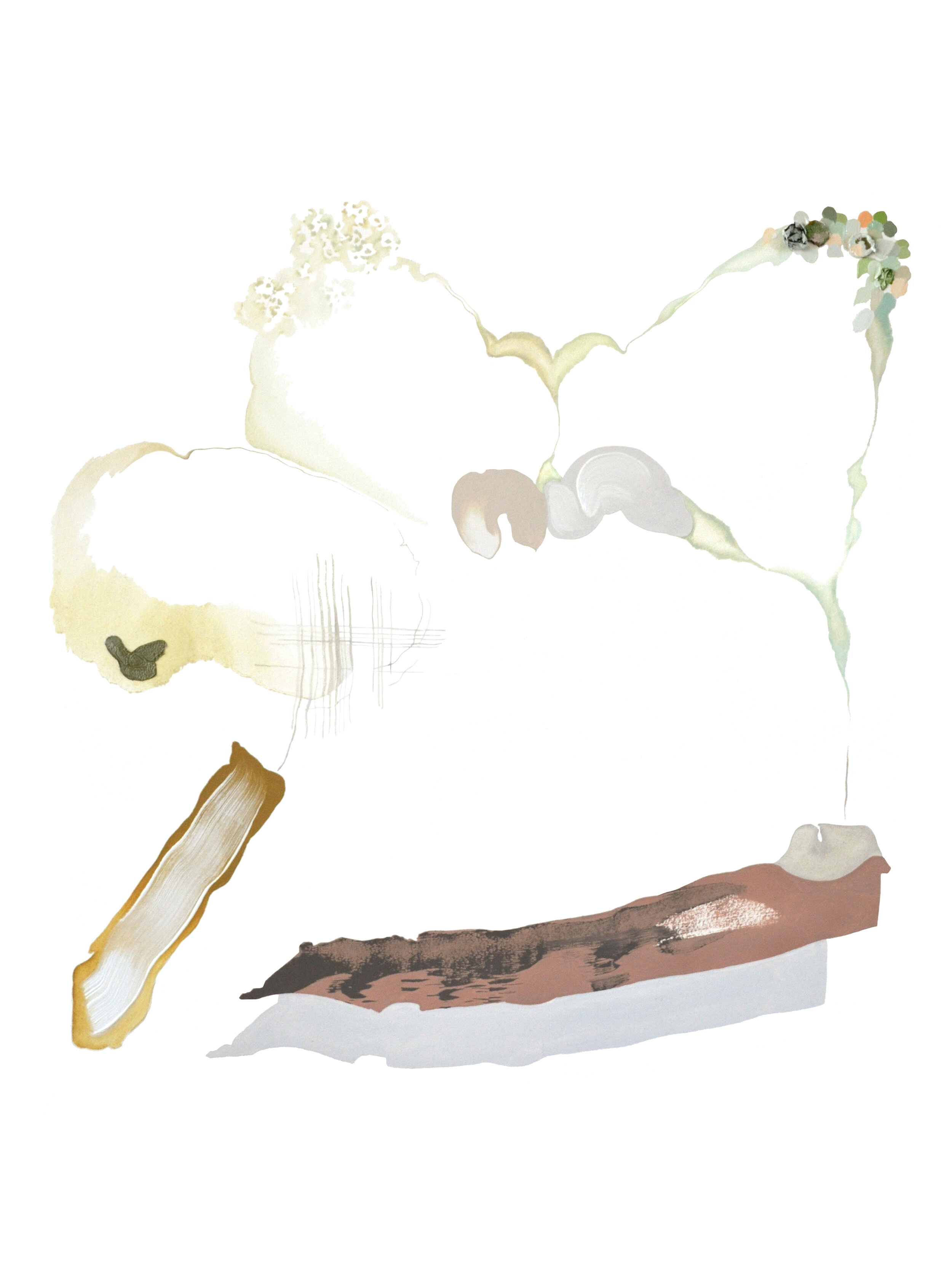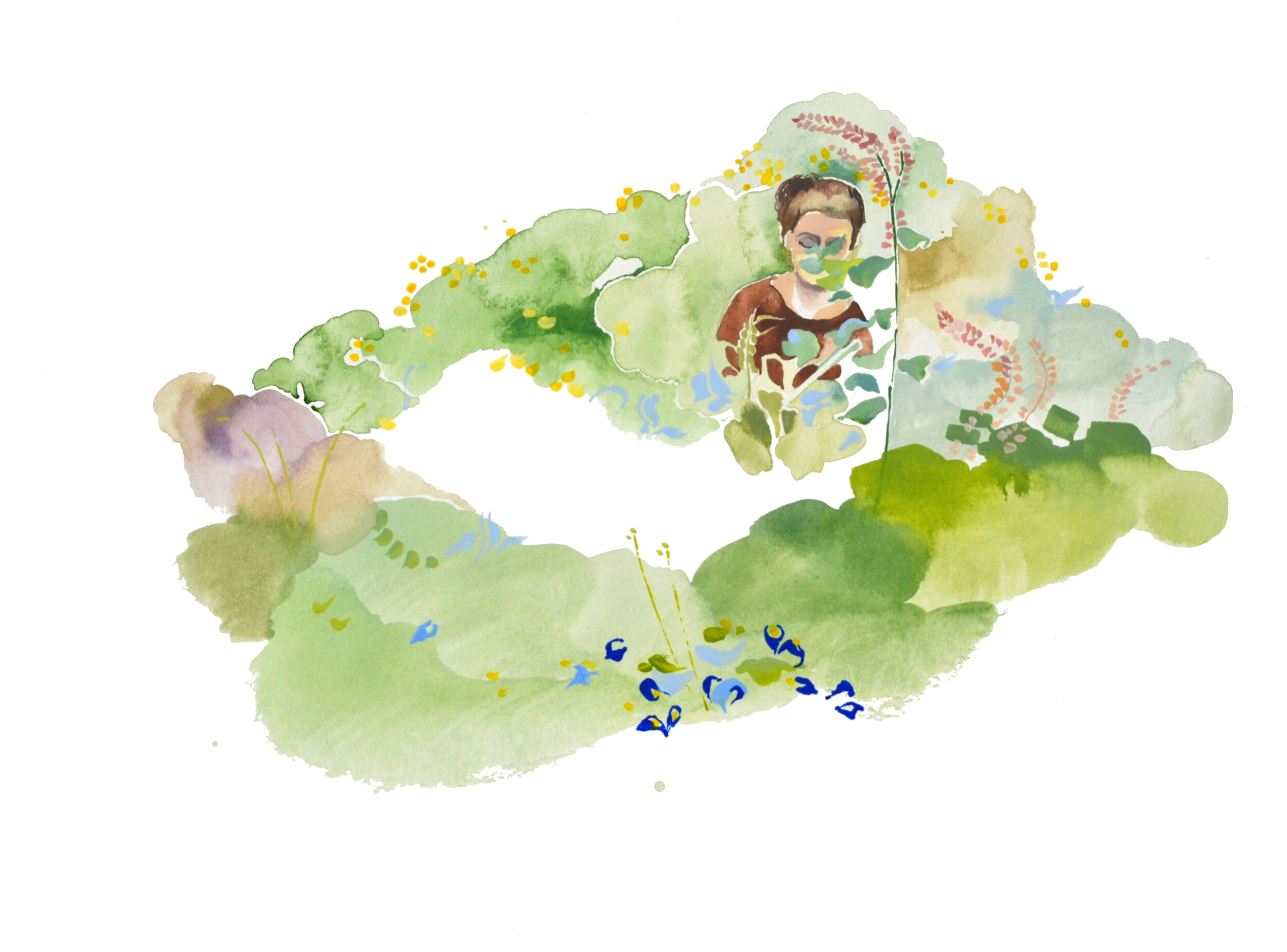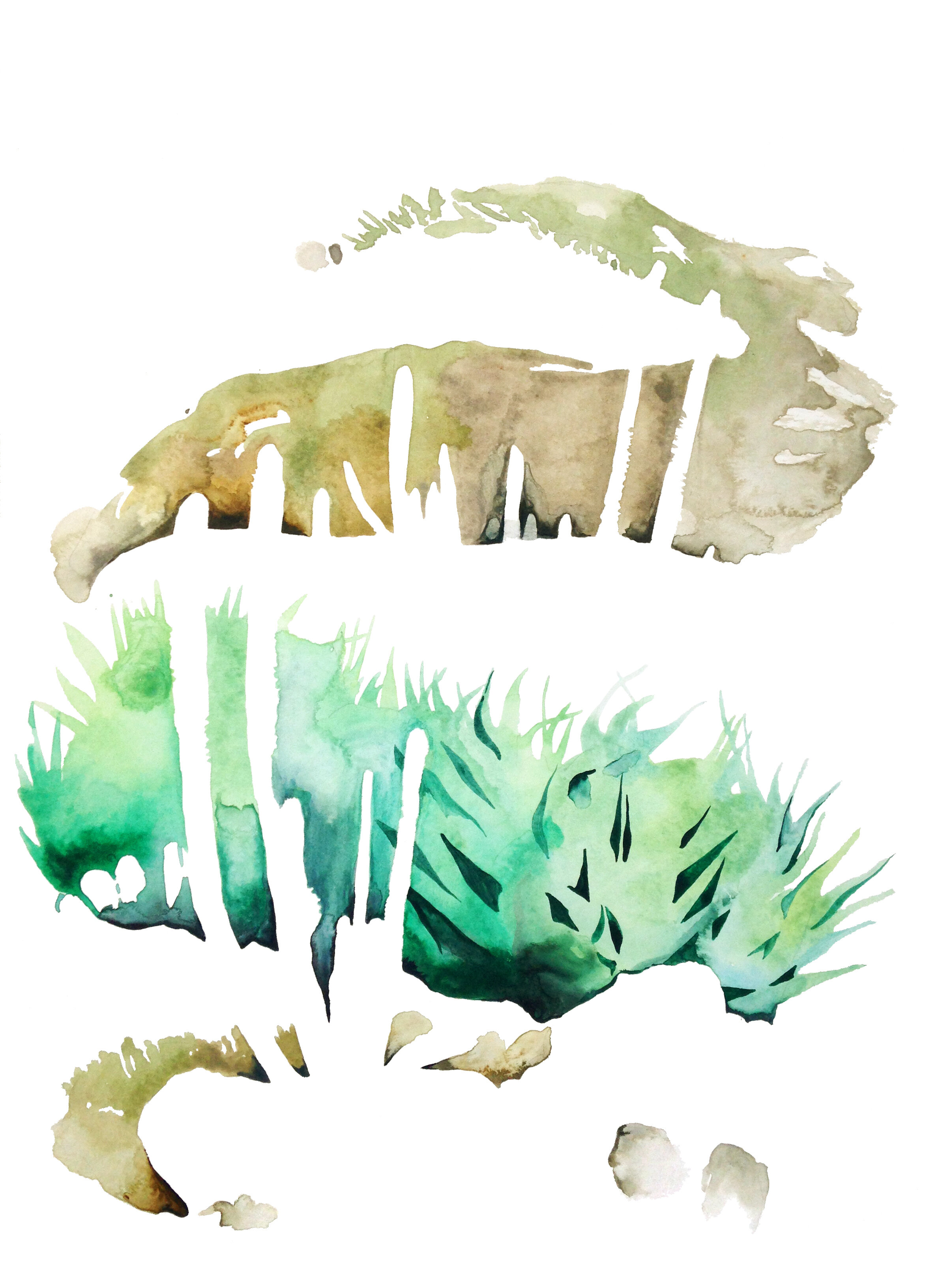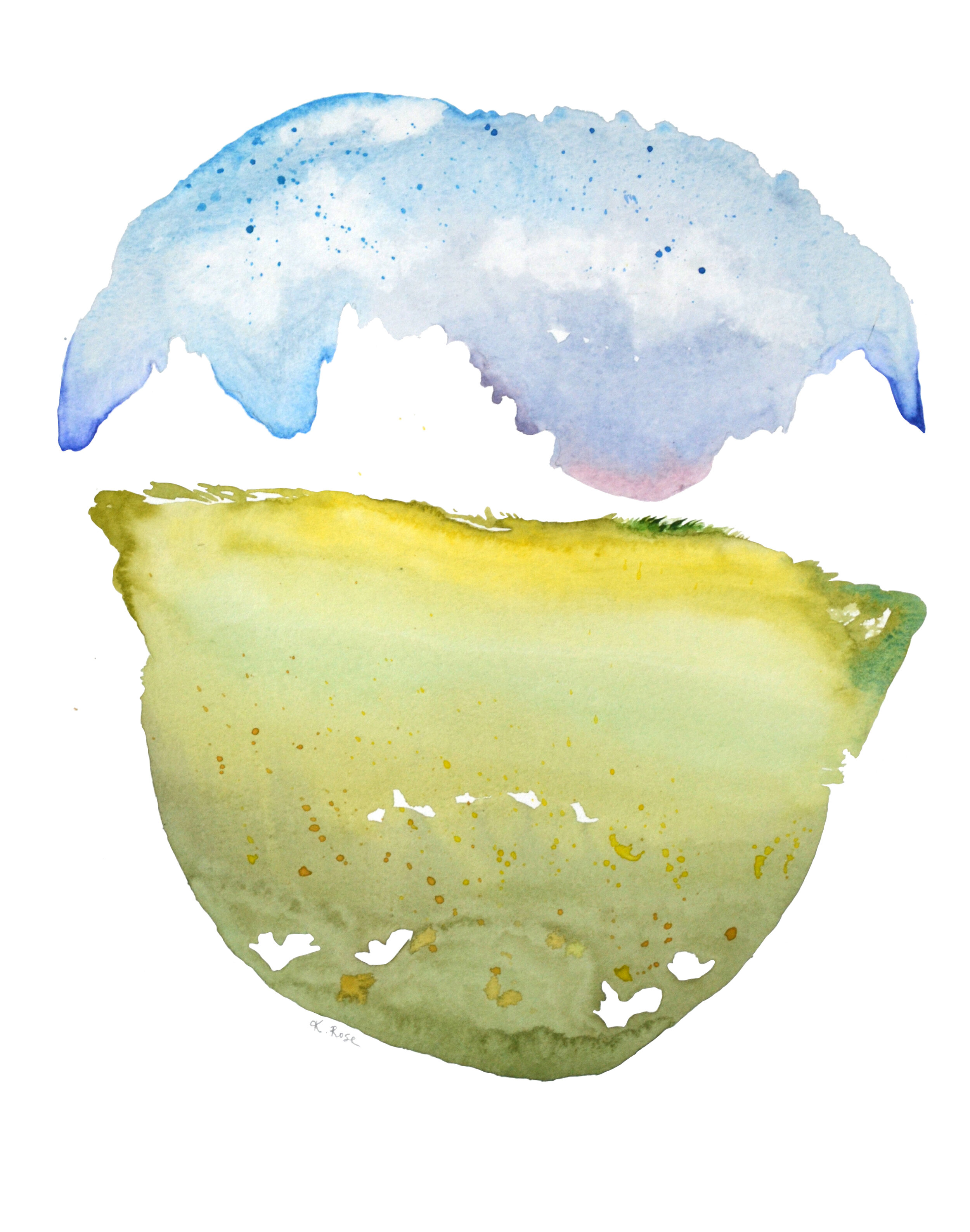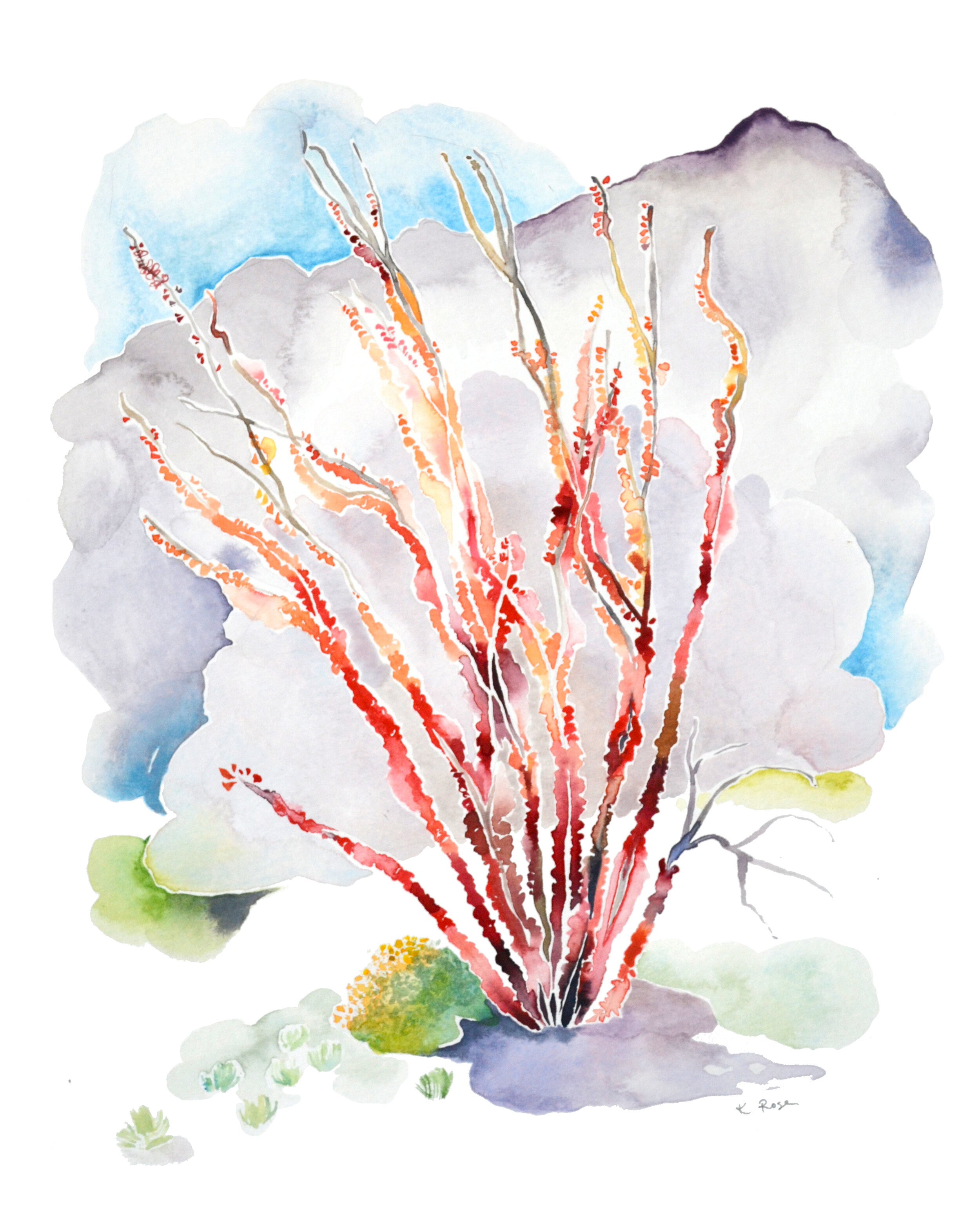Absence and Presence
2018-2023
What can be said only in absence? What is withheld, and what is withdrawn? When I speak about the landscape, I speak about loss, displacement, and mortality. Mine and yours.
In gestalt psychology, it is said that organisms perceive entire patterns and configurations—not solely individual components. In other words: the whole is more than the sum of its parts. This leaves us to consider that there must be much more to body, and to the landscape, than its biological parts and functions. To take form or shape is to come into being; to take form or shape is the principle of Gestalt. But disembodied spirit, body without form—can we give a shape to spirit? Show me the shape of your deepest thought.
Spin past thoughts and into the void. We enter the world of mori; we enter the world of loss. Grieving and ghosts. Particle and particulate. Form ceases to exist; we move through formlessness and into a different iteration.
Influenced by the specific landscapes of Southern California, the deliberate use of empty space in this series creates room for contemplation and expansiveness, and is a reflection of my reverence for nature. There is a quote I think of often, from Maggie Nelson's The Argonauts, about leaving enough empty space so that there is room for God to rush in. Nelson introduces this concept in a literary sense (inspired by Anne Carson), discussing that there is no use in a "center" in literature; that spaciousness and room to breathe is the thing to be desired. The thought stems from this concept in bonsai, in which trees are planted off-center within their pots in order to make space for the divine. That is the grace that I am trying to impart myself in this series of paintings. The graciousness of space—enough for God, the universe, intuition, consciousness, call it what you will—to rush in.
